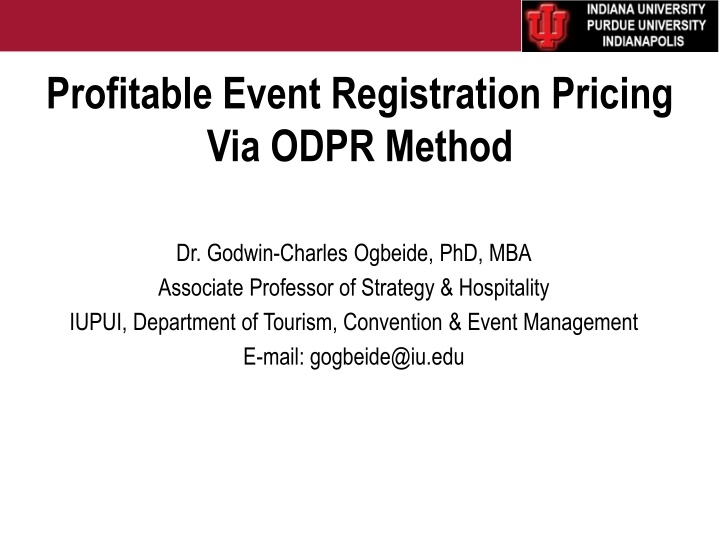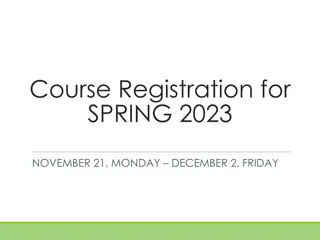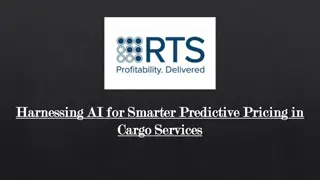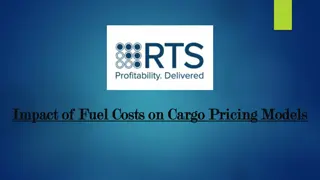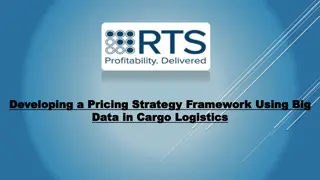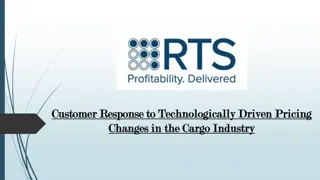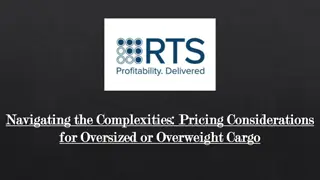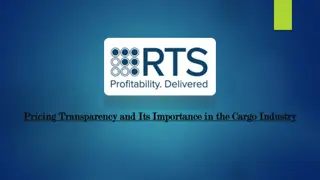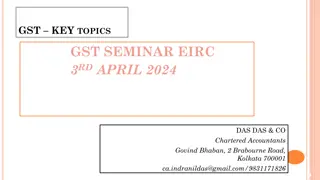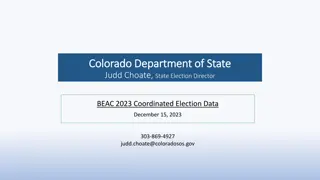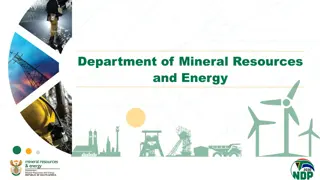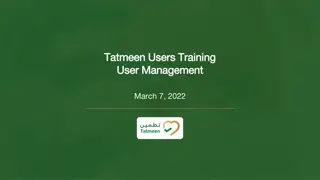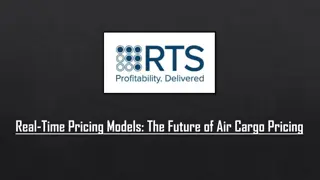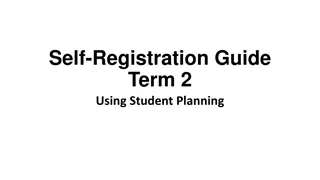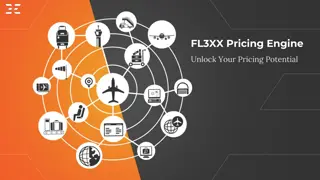Profitable Event Registration Pricing via ODPR Method
In the world of event management, pricing strategies play a crucial role in determining profitability. This article delves into the innovative ODPR method introduced by Dr. Godwin-Charles Ogbeide, shedding light on how organizations can set registration fees to achieve desired profit rates. Explore the nuances of pricing in the public sector, ODPR formulas, and steps involved in utilizing this method effectively.
Download Presentation

Please find below an Image/Link to download the presentation.
The content on the website is provided AS IS for your information and personal use only. It may not be sold, licensed, or shared on other websites without obtaining consent from the author.If you encounter any issues during the download, it is possible that the publisher has removed the file from their server.
You are allowed to download the files provided on this website for personal or commercial use, subject to the condition that they are used lawfully. All files are the property of their respective owners.
The content on the website is provided AS IS for your information and personal use only. It may not be sold, licensed, or shared on other websites without obtaining consent from the author.
E N D
Presentation Transcript
Profitable Event Registration Pricing Via ODPR Method Dr. Godwin-Charles Ogbeide, PhD, MBA Associate Professor of Strategy & Hospitality IUPUI, Department of Tourism, Convention & Event Management E-mail: gogbeide@iu.edu
Pricing in the Public Sector Prices of public sector goods and services will depend on the market situation and the objectives of each organization. These might be: Profit maximization: Pricing set to produce a total revenue which will maximize profit Break-even pricing: Pricing set to produce a total revenue which covers total costs Social cost/benefit pricing: Pricing set on the basis of the good things that people get from owning and using the goods or services. It could be lower than market price (partial subsidy) or at zero price (total subsidy)
Ogbeides Desired Profit Rate (ODPR) The ODPR method can be used by many business organizations to decide on the price (rate) of their product/service to be sold, based on the organizations desired profit rate This method is a little similar to Hubbart formula, but unlike Hubbart formula it could be used to establish the rate of individual product or service such as the price of a cup of coffee, registration fee, or the average rate of collective products such as the average daily rate of hotel rooms
Ogbeides Desired Profit Rate (ODPR) Another contrast between the ODPR method and the Hubbart formula is that the Hubbart formula is based on return on investment, while ODPR method is based on the desired profit rate In order to use ODPR method of pricing, the following variables must be known or predicted: Total fixed expenses Estimated operational cost Estimated demand (i.e., # of products or # of attendees) Desired profit rate
ODPR Steps There are three main step for using ODPR First, compute the desired profit from a given desired profit rate Second, compute the desired revenue Third, compute the registration fee (or the price/unit)
ODPR Formulae & Steps Step 1 Formula: Desired Profit = (total expenses + total operational cost) X 20% 1-20% Step 2 Formula: Desired Revenue = total expenses + total operational cost + desired profit Step 3 Formula: Price per unit = desire revenue estimated demand
Ogbeides Desired Profit Rate (ODPR) To illustrate the use of ODPR method, assume an event manager hope for a 20 percent profit before tax in an event she is planning. If the following situation applies to the event, the potential minimum fee for the event can be computed: Fixed expenses = $525,000 Estimated operational cost based on previous year s = $1,500,000 Estimated attendees = 10,125
ODPR Formulae & Steps Step 1 Formula: Desired Profit = (total expenses + total operational cost) X 20% 1-20% = ($525,000 + $1,500,000) X 20% = ($525,000 + $1,500,000) X 0.20 80% = 2,025,000 X .20 .80 Desired profit = $506,250 0.80
ODPR Formulae & Steps Step 2 Formula: Desired Revenue = total expenses + total operational cost + desired profit Desired Revenue = $1,500,000 + $525,000 + $506,250 = $2,531,250 Step 3 Formula: Price/unit = desire revenue estimated demand Price/unit = $2,531,250 10,125 Price/unit = $250.00 Hence, the minimum fee for the eevent = $250.00
Profitable Event Registration Pricing Via ODPR Method Dr. Godwin-Charles Ogbeide, PhD, MBA Associate Professor of Strategy & Hospitality IUPUI, Department of Tourism, Convention & Event Management E-mail: gogbeide@iu.edu Telephone: 317-278-3515
